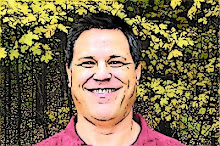All of Nature Needs only One Constant, Physicists Prove
-
Physics has 7 base units: seconds, metres, kilograms, amperes, kelvins,
moles, and candela. Of those, we technically only need the first three to
calculate...
7 hours ago


No comments:
Post a Comment